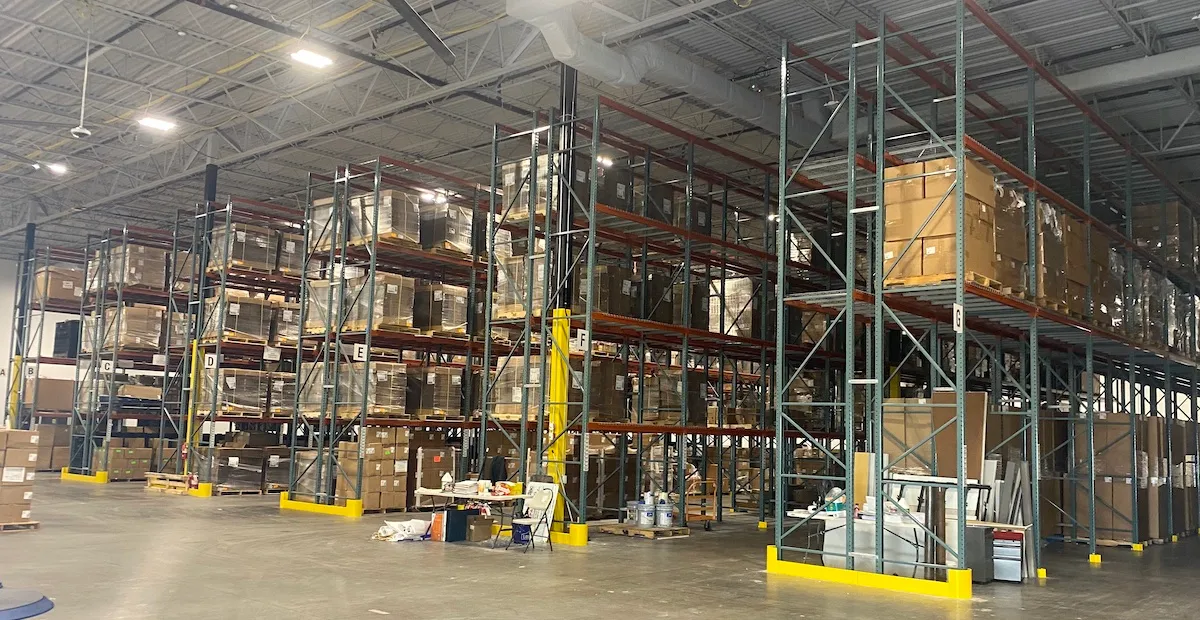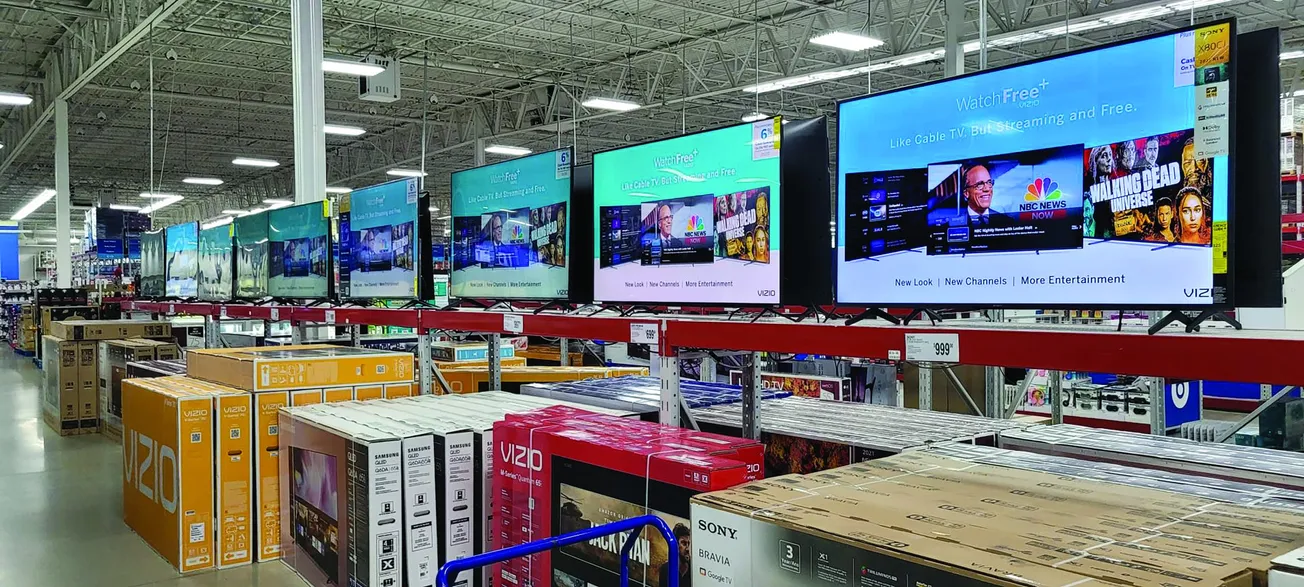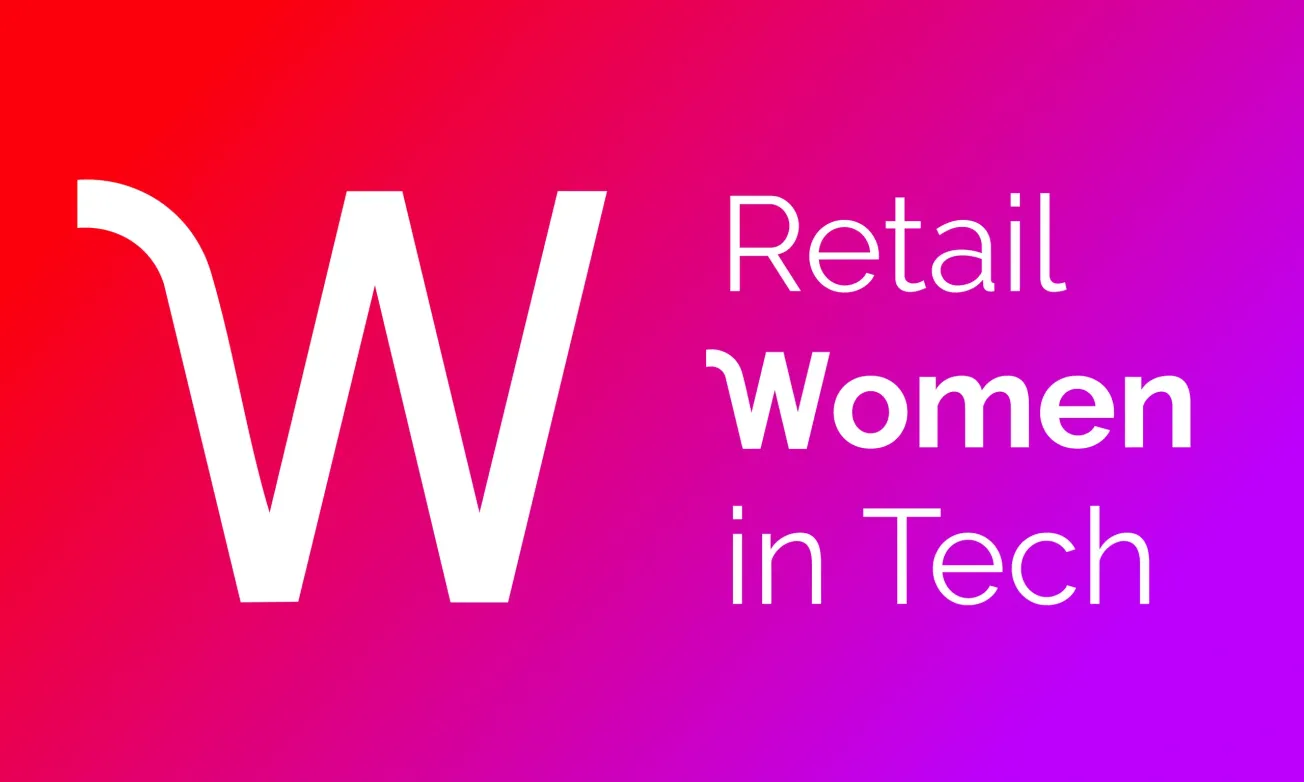The history of behavioral health pharmacy is marked by significant developments in the understanding and treatment of mental health and substance abuse disorders. The deinstitutionalization movement in the 1950s and 1960s led to the closure of large psychiatric hospitals, prompting a shift towards community-based care and home-based treatment. This change in care settings necessitated the development of specialized pharmacies to cater to the unique medication needs of individuals. Today, the field continues to evolve with the integration of innovative pharmacy models, technology, and a growing recognition of the importance of coordinated care in improving outcomes for individuals with mental health and substance abuse conditions.

One emerging solution is a hybrid pharmacy model, where a behavioral health pharmacy partner combines centralized medication fulfillment services with as-needed on-site support and cutting-edge technology to cater to people and organizations on an individual basis.
Behavioral health facilities have faced many obstacles in the last few years, making it difficult to provide efficient and personalized care. Staffing shortages at the same time that demand for services grows at historic rates, coupled with limited access to experts in the field and the inability to administer certain medications without specialized training have all taken their toll.
As these programs look for new pharmaceutical solutions, a hybrid model may make sense. In this article, will we dive deeper into the advantages of a pharmacy that can be tailored to the needs of each institution, and how this model impacts both individuals seeking care and the staff who support them.
What is the hybrid pharmacy model?
An independent, hybrid pharmacy model is one that combines centralized and on-site pharmacy services.
Central-fill pharmacies fill prescriptions on a large scale, strategically located within a set radius of the programs they serve. The limited geographical area ensures fast delivery, and the centralized distribution ensures access to specialty drugs that may not be available at retail locations. Despite being off-site, the central-fill pharmacy team is integrally involved in the care of the individuals they serve, from navigating authorizations and financial aid to delivering medications in packaging that make sense for each consumer.
On-site pharmacies are used when necessary to meet the unique needs of a population. Not every facility needs an on-site solution, but in cases where it makes sense, an on-site pharmacy ensures that required medications are readily available, particularly for larger-facility populations.
Hybrid, independent pharmacies are more flexible than their big-box counterparts, with the ability to adopt innovative technology solutions that enhance medication adherence, independence and overall quality of life. For example, Altruix’s Medherent medication dispensing device provides cloud-based clinical software, smart in-home hardware and logistics support staff, achieving impressive adherence rates (up to 90%) and reducing ER and hospital costs.
Advantages of the hybrid pharmacy model
The hybrid pharmacy model offers numerous benefits for health care organizations, individuals and caregivers. For example:
• Scalability — Unlike on-site-only pharmacy models that require a minimum client threshold, the hybrid model can cater to any population size. This ensures that individuals in need have access to specialized support, regardless of the agency’s size.
• Individualized care — People with behavioral health conditions receive focused attention and better outcomes through specialized pharmacy services tailored to their unique needs. They may receive increased monitoring, personalized technology options or specialized medications (such as long-acting injectables). More options leads to better care generally, and improved satisfaction, which benefits both individuals in need of care and the facilities themselves.
• Collaborative medication management — The model streamlines medication management processes, reduces missed doses, and minimizes medication errors through synchronized prescription refills and innovative technological solutions like the Medherent device. Medherent is a smart medication adherence device that helps consumers achieve independence by dispensing medication in the room at a 1:1 scale.
• Reduced costs: Improved medication adherence leads to reduced hospitalizations and ER visits, resulting in cost savings for payers. Additionally, the hybrid model saves up to 7.6 hours per week of valuable staff time, a critical advantage during staffing shortages.
Overcoming challenges in behavioral health
The hybrid pharmacy model is able to effectively address several critical challenges faced by the industry. Here’s how this innovative approach works to overcome some specific barriers to success:
• Limited access to specialized pharmacies
The Challenge: Not every behavioral health facility has the resources or infrastructure to establish and maintain specialized pharmacies on-site, especially in smaller communities. Relying solely on retail locations often means sacrificing the personalized care and expertise necessary for effective treatment.
The Hybrid Solution: The hybrid pharmacy model combines the strengths of centralized and on-site pharmacy services. Central-fill pharmacies, strategically located within a radius of the programs they serve, ensure fast and reliable access to specialized medications, expertise and personalized care. On-site pharmacies, used when needed, further bridge the gap for larger populations, ensuring that individuals receive the necessary medications promptly.
• Focused Distribution of Drugs
The Challenge: Certain drugs essential for behavioral health treatment require a focused distribution point, determined by factors like cost, expertise and access to the market. Meeting these distribution requirements can pose logistical challenges for facilities.
The Hybrid Solution: Dedicated teams at central-fill pharmacies are well versed in the unique requirements of behavioral health drugs. By centralizing this aspect of medication management, the hybrid model ensures that facilities have access to essential medications while meeting stringent distribution criteria.
• Staffing Shortages
The Challenge: Staffing shortages, a pervasive issue in the behavioral health care industry, impact the availability and accessibility of services.
The Hybrid Solution: The hybrid pharmacy model offers multifaceted support in the face of staffing shortages and funding constraints. By collaborating with central-fill pharmacies, behavioral health facilities can offload the burden of certain tasks, such as verifying lab results and synchronizing prescription refills. This efficient delegation of responsibilities allows the existing staff to focus on clinical care, reducing workload-related stress and enhancing the quality of service.
Conclusion
As the behavioral health industry continues to evolve, the hybrid pharmacy model represents a logical next step in pharmaceutical care. By embracing this innovative approach, behavioral health care organizations can provide comprehensive and evidence-based treatment, ensuring that individuals receive the specialized care that they need to improve their well-being. The hybrid pharmacy model, with its blend of centralized medication fulfillment services, on-site support and advanced technology, is poised to revolutionize behavioral health care and make a significant impact on the lives of those who are seeking help for mental health and substance abuse disorders.
Christy Rosado is president of Long-Term Care Pharmacy, Altruix.









